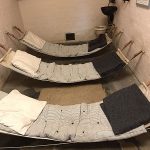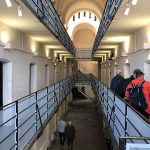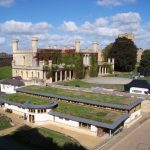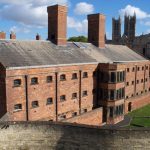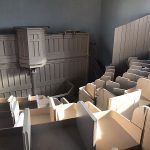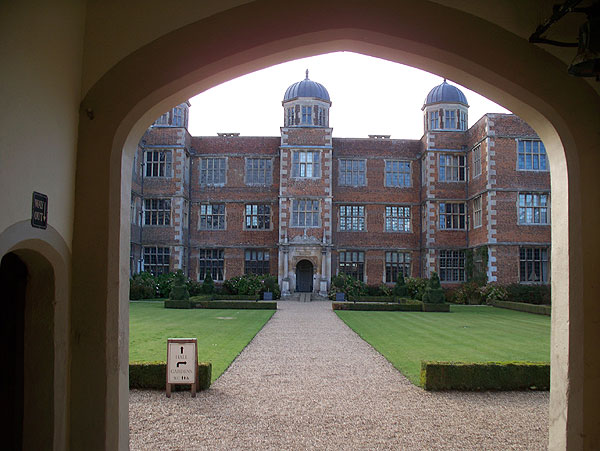
Privately owned
Doddington Hall was built between 1593 and 1600 for Thomas Tailor, who was a lawyer. This Elisabethan prodigy house has a wide frontage but is only one room deep in the centre. Internally it was largely updated in the 1760’s, and underwent some restoration in the mid 20th century.
The interior is said to be impressive but the house was not open at the time of my visit.
The grounds include floral and kitchen gardens which are pleasant but not exceptional. Behind the house a vista extends to a pyramidal obelisk. To the right of the house front is a small church, rebuilt in the 1760’s.
On the other side of the house are various outbuildings including a farm shop, and a barn containing a collection of farm wagons.
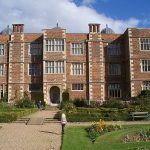

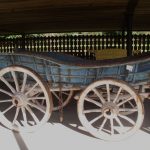
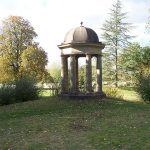
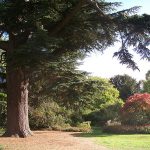

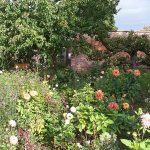
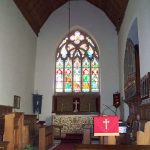
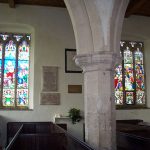
Day: 16 October 2022
Lincoln Cathedral
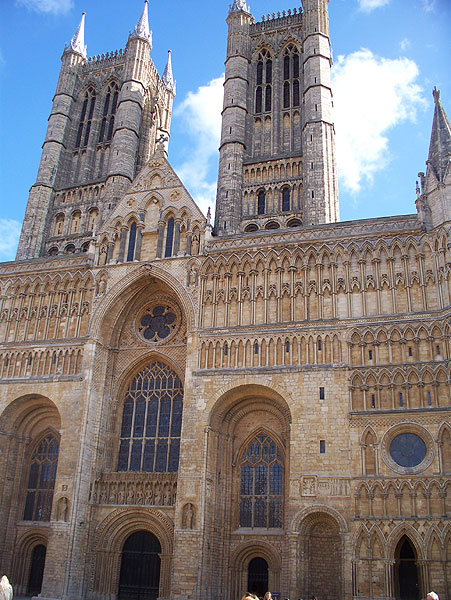
Inside and outside, one is impressed by the scale of the cathedral. Well worth a visit. Don’t miss the Chapter House.
An admission charge may apply, except on Sundays.
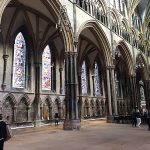
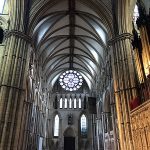
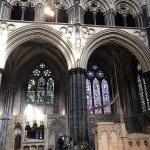
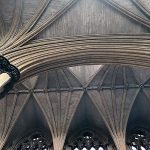
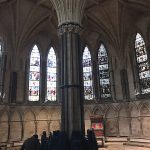
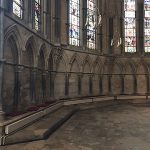
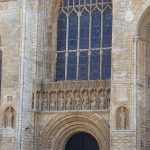
Lincoln Castle

The massive earth ramparts and curtain wall are thought to have been built in the late 11th century. A stone keep, the Lucy Tower, was built on the original motte, and a second motte was constructed and topped by another stone tower, now known as the Observatory Tower.
The castle featured in several medieval battles and sieges, culminating in a siege in 1644 during the Civil War. After 1660, the castle ceased to be a military fortress, and instead was used as a gaol.
A prison built of brick was erected within the walls in the Georgian era, and partly replaced by a Victorian prison block behind.
The courthouse building within the walls dates from 1826, replacing an earlier building.
Visitors may be confused by the pricing structure: entry withing the curtain wall is free, the basic fee entitles you to go on the “Wall Walk”, and the premium fee in addition admits you to the Magna Carta exhibition, prison chapel and Victorian prison. If you are expecting a massive stone keep inside the walls, there isn’t one. There are also hourly free guided tours of the grounds.
There is plenty to see if you opt for the full ticket, and viewing the exhibits in the prison block can take some time. Lincoln Cathedral (admission fees may apply) is next to the castle.
